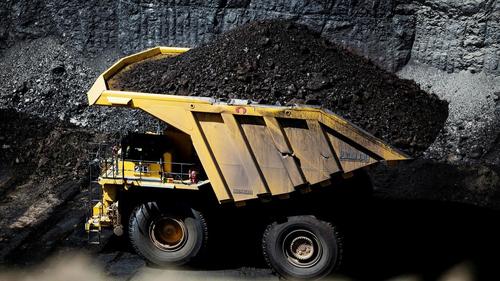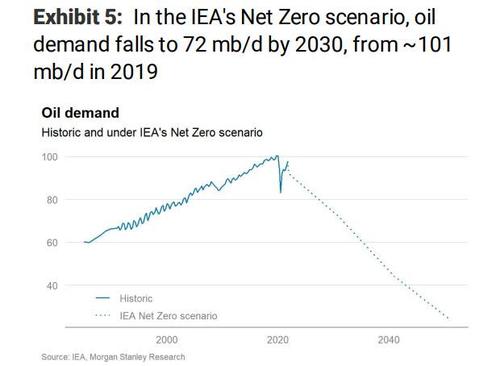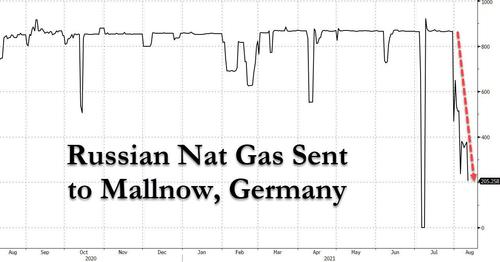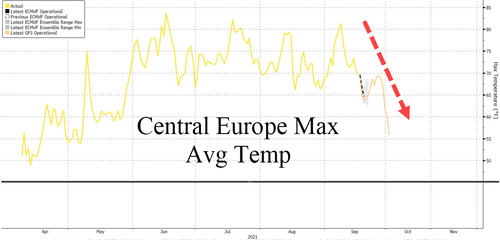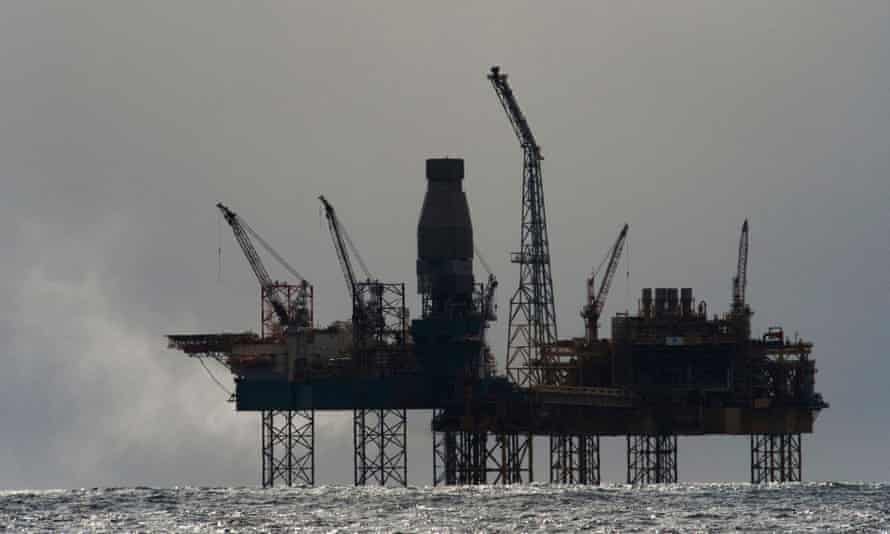
Preface. Peak oil is here! The global production of crude oil happened in November of 2018 (EIA 2020), and has declined for four years, enough time to officially declare global peak oil production. Conventional crude oil production leveled off in 2005, and peaked in 2008 at 69.5 million barrels per day (mb/d) according to Europe’s International Energy Agency (IEA 2018 p45). The U.S. Energy Information Agency shows global peak crude oil production in 2018 at 82.9 mb/d because they included unconventional tight oil, oil sands, and deep-sea oil. Below is a chart created by Tad Patzek from EIA data:
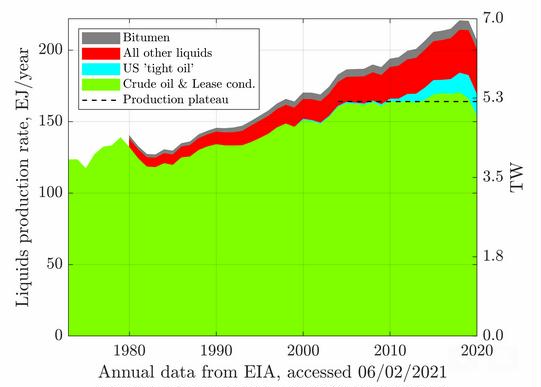
Nor will we ever reach “peak oil demand” because heavy-duty transportation (trucks, locomotives, ships), manufacturing, the 500,000 products made out of petroleum, and natural gas fertilizer that keeps 4 billion of us are utterly dependent on fossil fuels. Even the electric grid depends on fossil fuels to provide two-thirds of the energy, and nearly all of the energy to construct ReBuildables (they are NOT renewable). This is explained in great detail in my latest book “Life After Fossil Fuels: A Reality Check on Alternative Energy” and previous book” When Trucks Stop Running: Energy and the Future of Transportation”
The IEA forecast a supply crunch by 2025 in their rosy and very unrealistic New Policies scenario, which assumes greater efficiencies and alternative fuels and electric cars are adopted (Figure 1). By 2025, with 81% of global oil declining at up to 8% percent a year (Fustier 2016, IEA 2018), 34 mb/d of new output will be needed, and 54 mb/d if facilities aren’t maintained. That is more than three times Saudi Arabian production. The 15 mb/d of predicted U.S. shale isn’t likely — indeed, the IEA shows it declining in the mid-2020s (IEA 2018 Table 3.1).
…click on the above link to read the rest of the article…


